The Introductory Horse Management course delivers knowledge necessary for all horse owners to own a horse safely. It is of great benefit to any parent thinking of purchasing a pony for their children or parents already with horses and ponies who want to understand more.
We have a saying… “You don’t know what you don’t know till you realise you don’t know it!!”
Our course is provided online covering the 5 necessary units with 10 hours of video education. To participate in the assessment a further 20 hours is recommended. This time frame can be different from person to person.
There is a Live Zoom Question and Answer session held on the evening of the first Tuesday of each month, to work through any queries you may have regarding the course and its topics.
There are optional practical sessions available to practice your skills under guidance prior to assessments, held on the first Sunday of March, June and September.
Bookings are essential to attend.
For participants wanting to take part in the Equestrian Australia final assessment a manual will need to be purchased from Equestrian Australia.
These assessments can be booked on alternate days to the practical sessions.
Bookings are essential.
Alternatively, you can book an independent Equestrian Australia Coach Educator (perfect for our interstate students).
A horse is required for the assessment. If you do not have your own horse, we do have school horses available for hire -please let us know if we need to provide one for you for the duration of your assessment.
Limited Time Special Deal $1,650 $295
LIFETIME ACCESS
82% Less than Regular Price
OR
Buy All 3 Introductory Courses:
**Introductory Horse Management
**Introductory Horse Riding
**Introductory Coaching
Bundle Deal - $3,300 $790
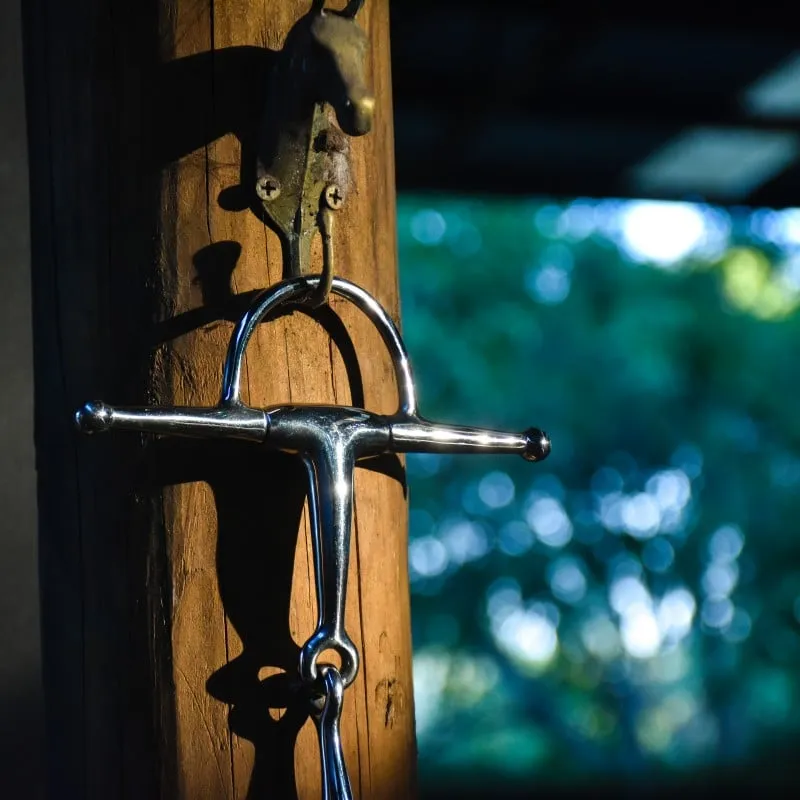
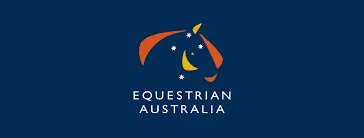
This course covers the theory component of the Equestrian Australia Introductory Management Course.
This is an internationally recognized qualification. To move forward, a manual is required to be purchased from Equestrian Australia national office by following this LINK.
Once you have completed the theory component of the Introductory Management Course, your practical skills will need to be found competent. We provide face-to-face practical sessions throughout each year for anyone wanting to get 'hand-on' experience to test their horse management skills and knowledge before undergoing the management assessment. Click HERE to view upcoming dates.
To fulfill the Ea Introductory Management qualification, an assessment by an EA qualified educator is required. Please follow this LINK to a list of coach educators.
We can also provide assessments for candidates.
Knowing how to accurately identify horses ensures proper management and personalized care. Understanding horse behavior and handling techniques fosters trust and safety, making interactions with horses more effective and less stressful. Proper care in a stable or paddock, including maintaining cleanliness and monitoring health, promotes a healthy environment. Awareness of safety protocols in the stable complex and paddock minimizes the risk of accidents, protecting both horses and handlers. This knowledge is essential for ensuring the well-being and safety of horses in any setting.
Horse identification
Horse handling
Horse behaviour
How to care for horses in a stable or a paddock
How to ensure safety in the stable complex and paddock
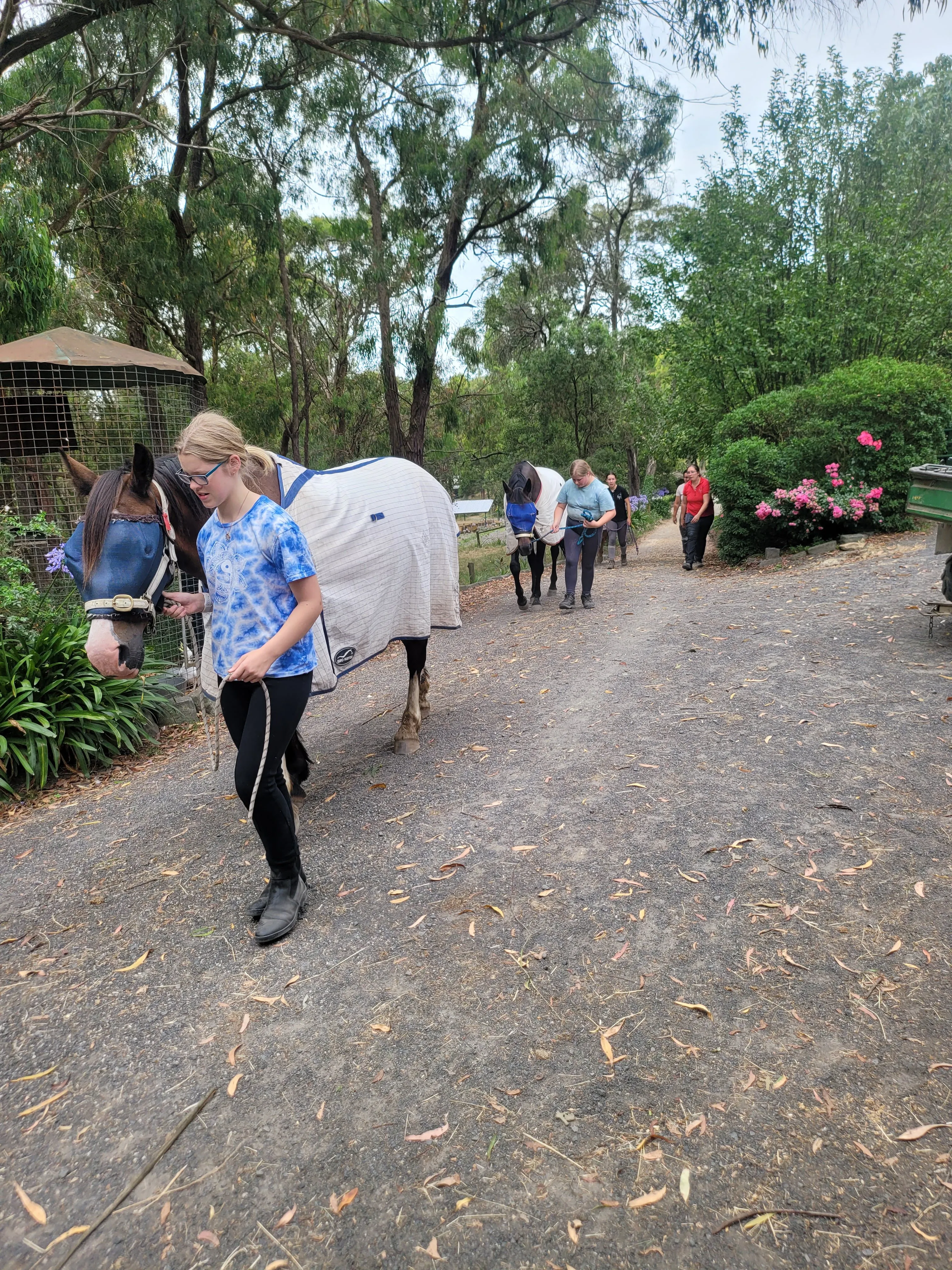
Understanding different saddle types, their purposes, and parts ensures proper fit and comfort for both horse and rider. Knowledge of bridles, including the functions of various nosebands and bits, allows for more effective communication and control. Familiarity with martingales, cruppers, and breastplates helps in choosing the right equipment to support the horse's performance. Proper care and cleaning of tack, as well as knowing how to use rugs, boots, and saddle cloths, prolongs the lifespan of equipment and enhances the horse's comfort.
Saddle types, purposes, and parts of the saddle
The bridle, parts of and purposes (of different nosebands/bits etc)
Martingale, cruppers & breastplates
Care & Cleaning
Rugs, Boots and Saddle Cloths
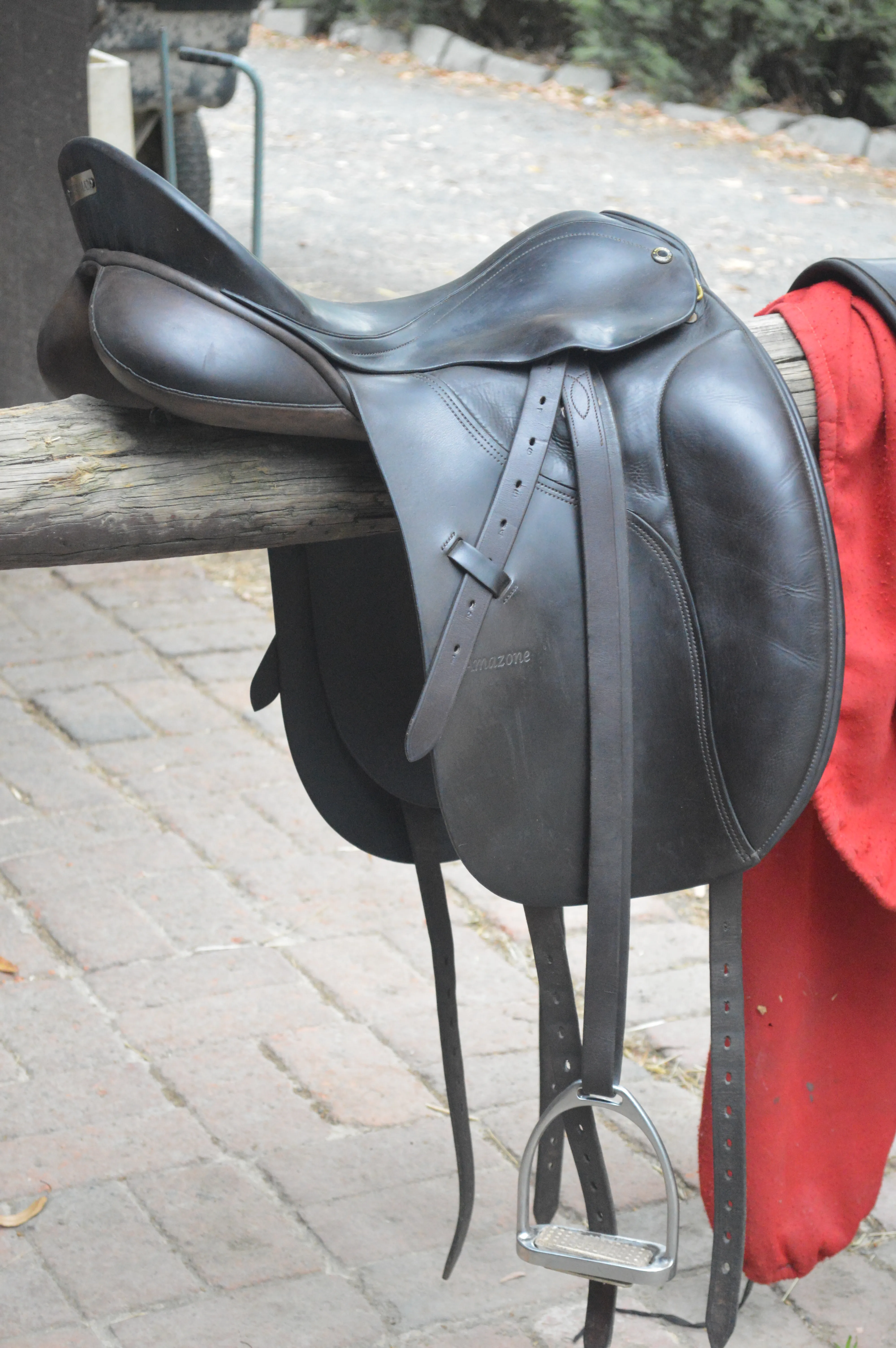
Understanding the signs of good health and common equine conditions like azoturia, colic, laminitis, and respiratory issues is crucial for maintaining a horse's well-being. Being knowledgeable about worming, recognizing symptoms of strangles and tetanus, and identifying skin conditions or lameness enables prompt and effective care. Knowing when to call the vet ensures timely intervention, preventing complications and promoting long-term health. This knowledge empowers you to provide better care, ensuring your horse remains healthy and happy.
Signs of good health
Azoturia & Tying Up
Colic
Laminitis
Worming
Strangles & Tetanus
Skin Conditions
Respiratory Infections/Problems
Lameness
When to call the Vet
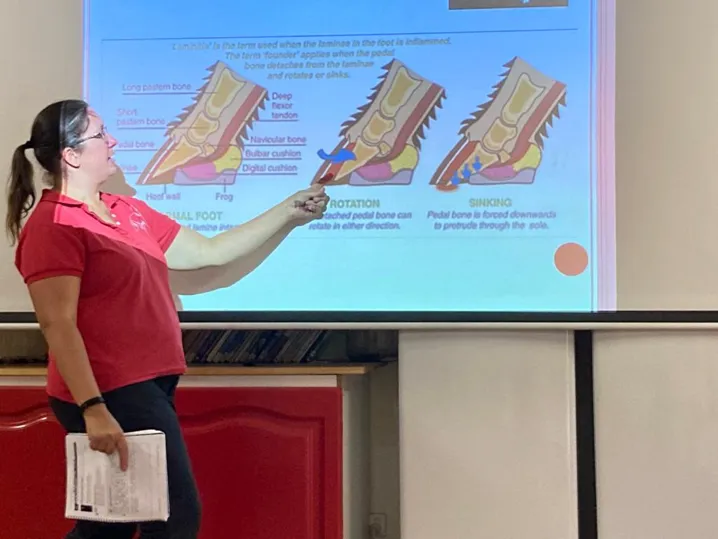
Understanding the rules of feeding, feed types, and their properties ensures that horses receive balanced nutrition tailored to their needs. Recognizing feed quality and being aware of poisonous weeds help prevent health issues related to diet. Proper feed storage and the use of haynets contribute to maintaining feed safety and reducing waste. Additionally, knowledge of paddock features and effective management practices promotes a healthy environment for horses, supporting their overall well-being and performance.
The rules of feeding
Feed Types & properties
Feed Quality
Poisonous weeds
Feed Storage
Haynets
Paddock features & management
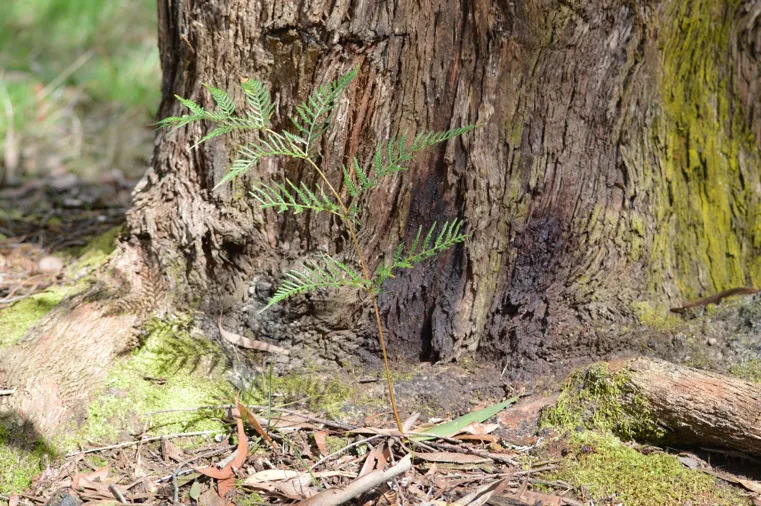
Understanding hoof care and basic shoeing is essential for maintaining a horse's soundness and overall health. Regular grooming not only enhances a horse's appearance but also strengthens the bond between horse and handler while promoting skin health. Knowing how to use grooming equipment effectively ensures a thorough and safe grooming process. Proper washing techniques keep the horse clean and comfortable. Additionally, knowledge of how to safely travel a horse minimizes stress and injury during transportation, ensuring the horse arrives at its destination in good condition.
Hoof Care
Basic Shoeing
The value of grooming
Grooming equipment
Washing a horse
Travelling a horse
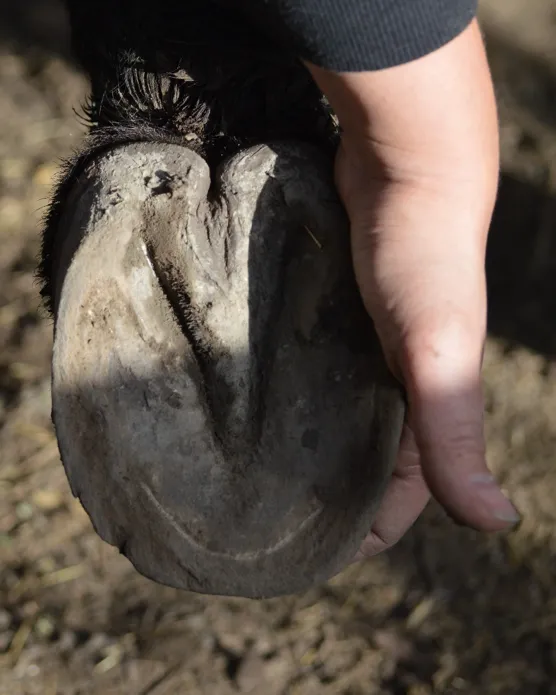
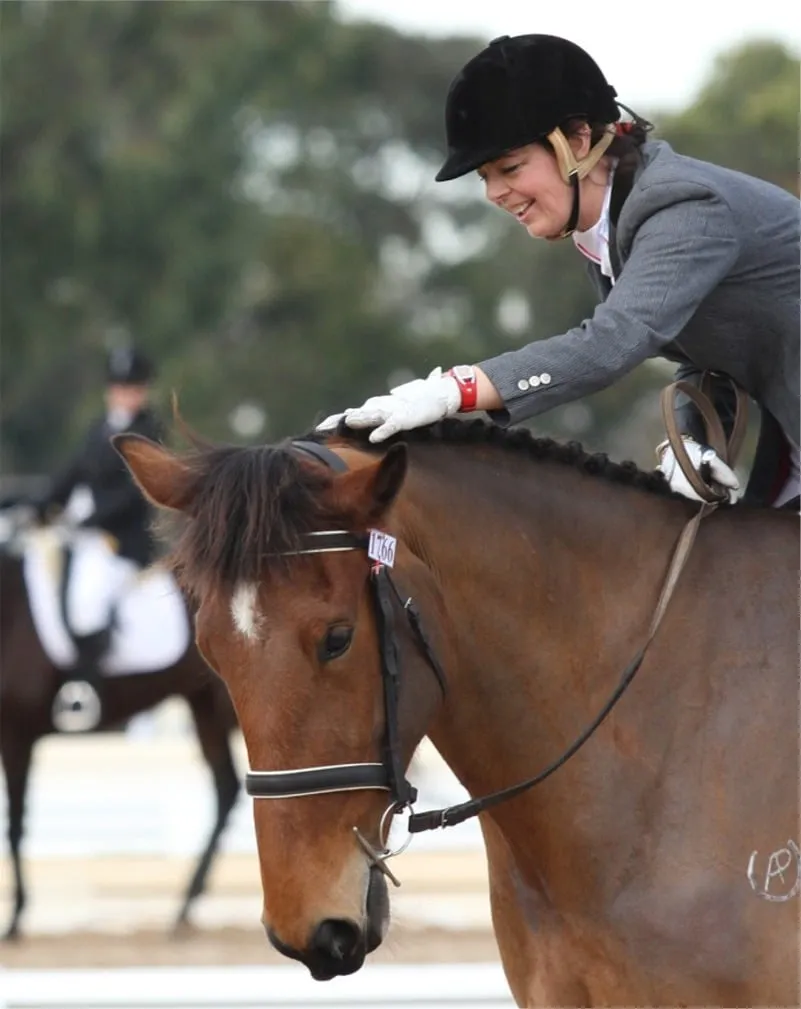
My name is Leanne Williams.
And I am here to help YOU with all my 35 years of experience!!
I had my first riding lesson at 19, by 29 I was riding Grand Prix and the youngest Grand Prix rider in the country at the time.
My horse, Avoca Black Saint, I purchased as a 5yo who had done a little show jumping. I was completely over mounted and out of my depth. He was a Clydesdale Thoroughbred cross, black with 4 white sock and a star and knew nothing.
I spent every spare cent I earned on riding lessons, finding mentors who resonated with the way I felt about horses and the way I wanted to train them.
I have completed my Equestrian Australia Level 3 Dressage qualifications then searching for more, found The School of Légèreté and became the first licensed teacher in Australia.
I have now worked with 1000’s of horses and their owners, aiding them to become the safest and the most satisfied with their goals.
Created a system that can be used with any horse and rider combination to enable a confident and safe outcome.
And that’s what I have dedicated my life to for the last 35 years.
It’s time for me to share my knowledge. I would love every horse person to have the system I have created and enjoy the wonderful, fulfilling journey of horses for a minimal cost.
I just can’t wait to help you begin!!! 😊